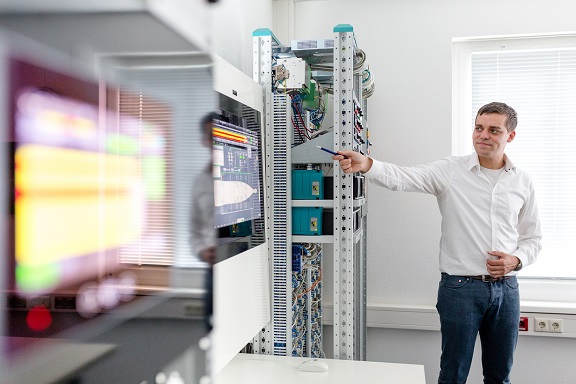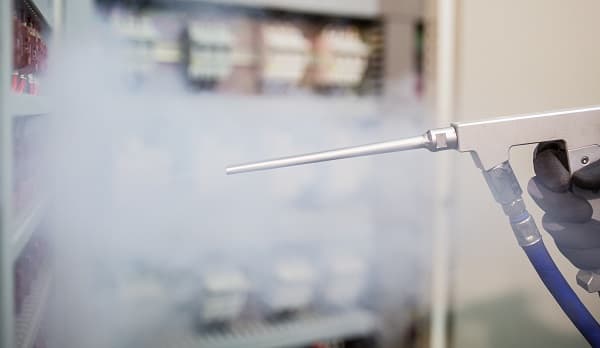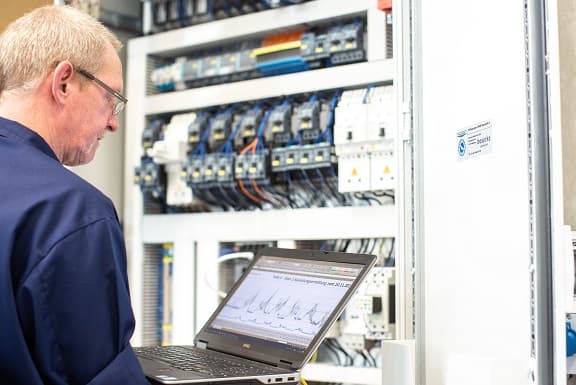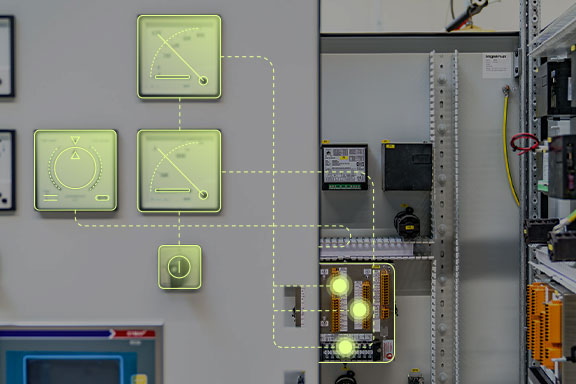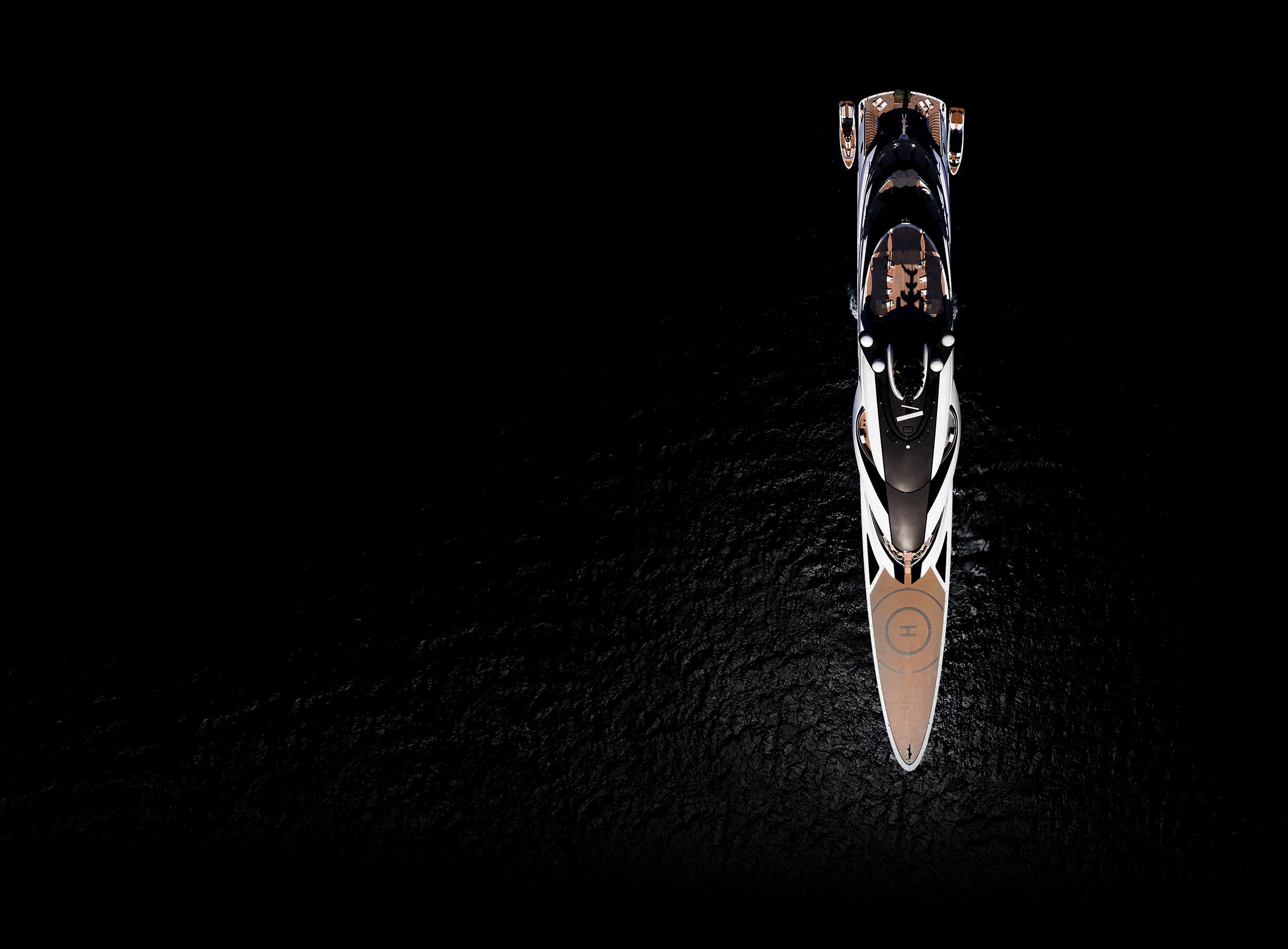
The smart way to control maritime vessels: data-driven.
With besecke, you can keep an eye on everything across the board. And have all the controls at your fingertips.
The entire 10.000 m2
on one dashboard
We ![]()
![]()
![]()
make your

 vessels more efficient , by ensuring that they only consume the energy that is really needed. Thanks to smart automation
vessels more efficient , by ensuring that they only consume the energy that is really needed. Thanks to smart automation .
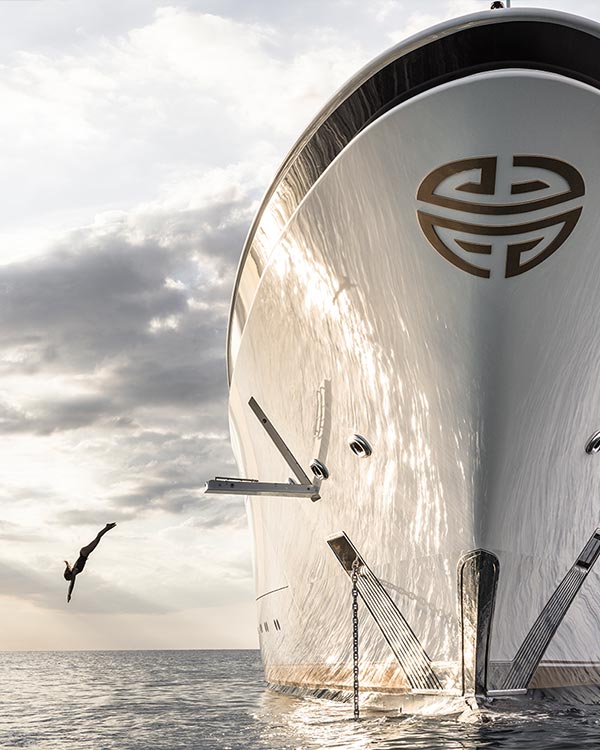
Yachts
Our power distribution systems and automation solutions meet complex requirements of a modern mega yacht. Due to our long-lasting expertise, we became market leader in this segment and we are pleased that already eight of the 13 largest yachts in the world rely on our solutions.
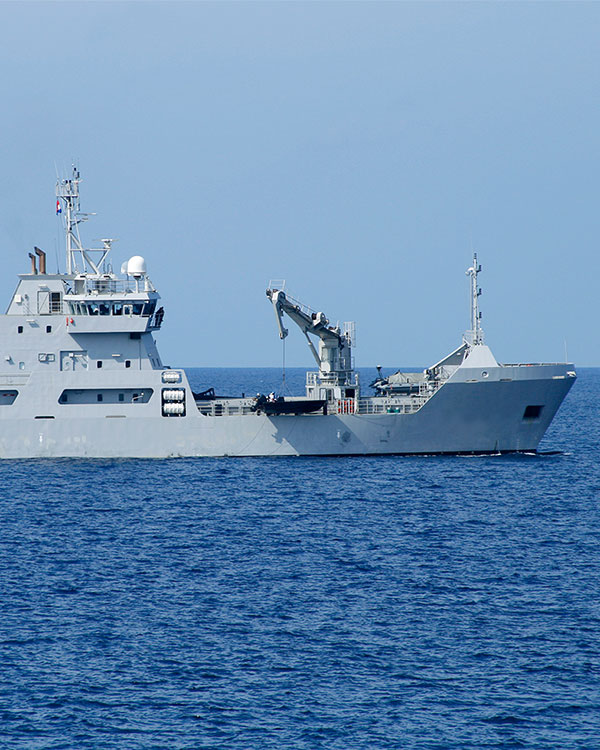
Authority ships and naval vessels
Our connected software products and intelligent power distribution systems make every project smarter and more powerful. Due to a modular design, our solutions can be used on a 20m coast guard boat as well as on a 100m research vessel.
Smart Solutions: Our Services and Systems
AllViu - The visualisation platform
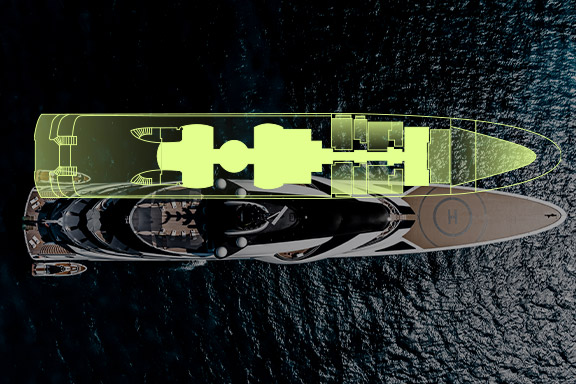
beVISION
Visualization System for Intuitive Operation and Notification
Scalable alarm, monitoring & control system for up to 20,000 I/O's.
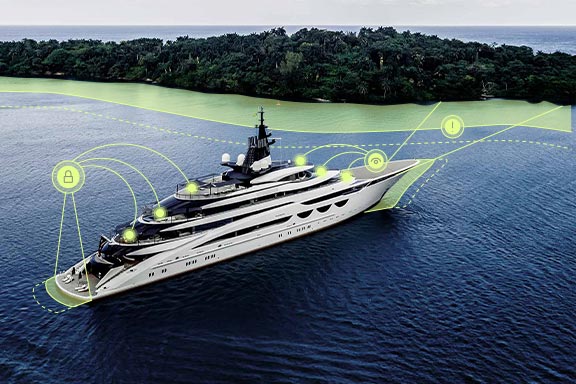
beSECUR
Security solution for mega yachts
Our comprehensive security solution for mega yachts with sophisticated monitoring of the ship's exterior, interior and environment.
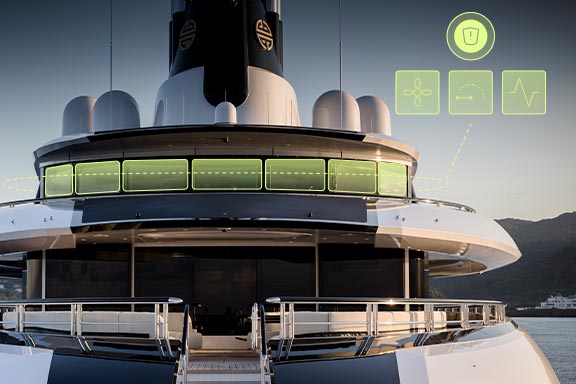
beWATCH
BNWAS - Bridge Navigational Watch Alarm System
Modularly designed and fully integrable bridge watch alarm system.
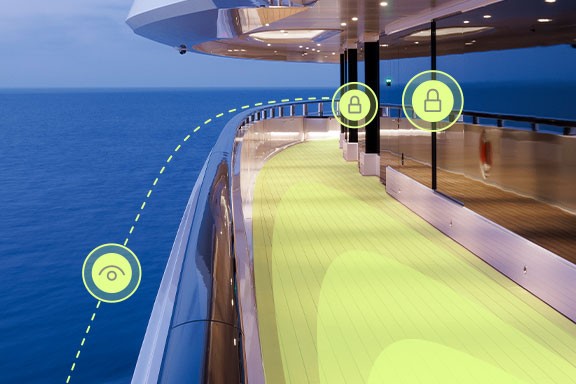
beSAFE
Vessel Safety Station
System for clear indication of all fire zones, fire detectors and dampers as well as closure display of ext. doors and hatches.
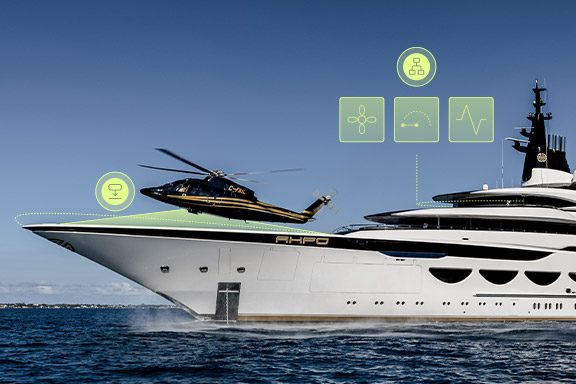
beMOTION
Helicopter approach solution
Individually configurable solution for visualization of roll, pitch and heel as well as for switching the helicopter landing lights.
Energy distribution and energy systems
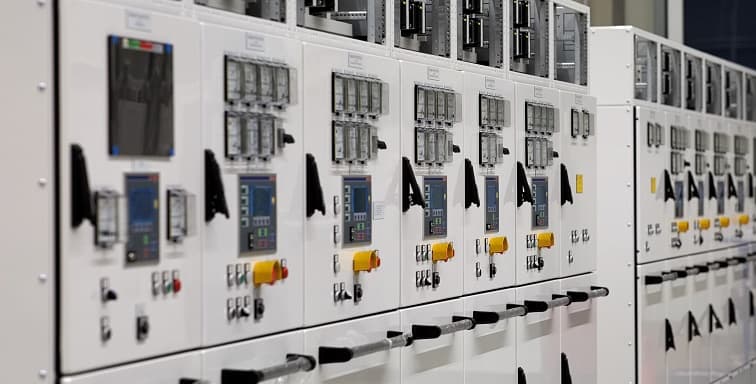
Maritime Power Distribution Solutions
Design and manufacturing of main switchboards, emergency switchboards, Motor Control Center (MCC) as well as power distribution cabinets.
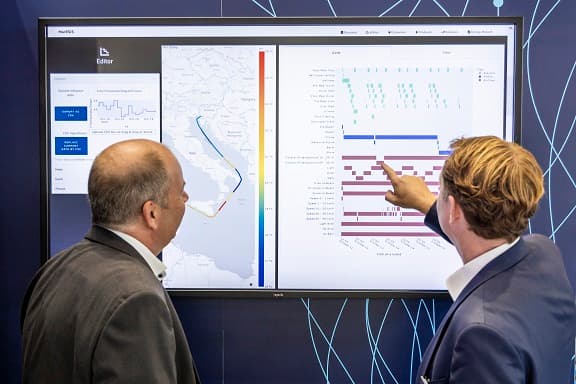
MarESiS
Maritime Energy Simulation System
Maritime energy simulation for optimized design of electrical and hybrid ship systems.
